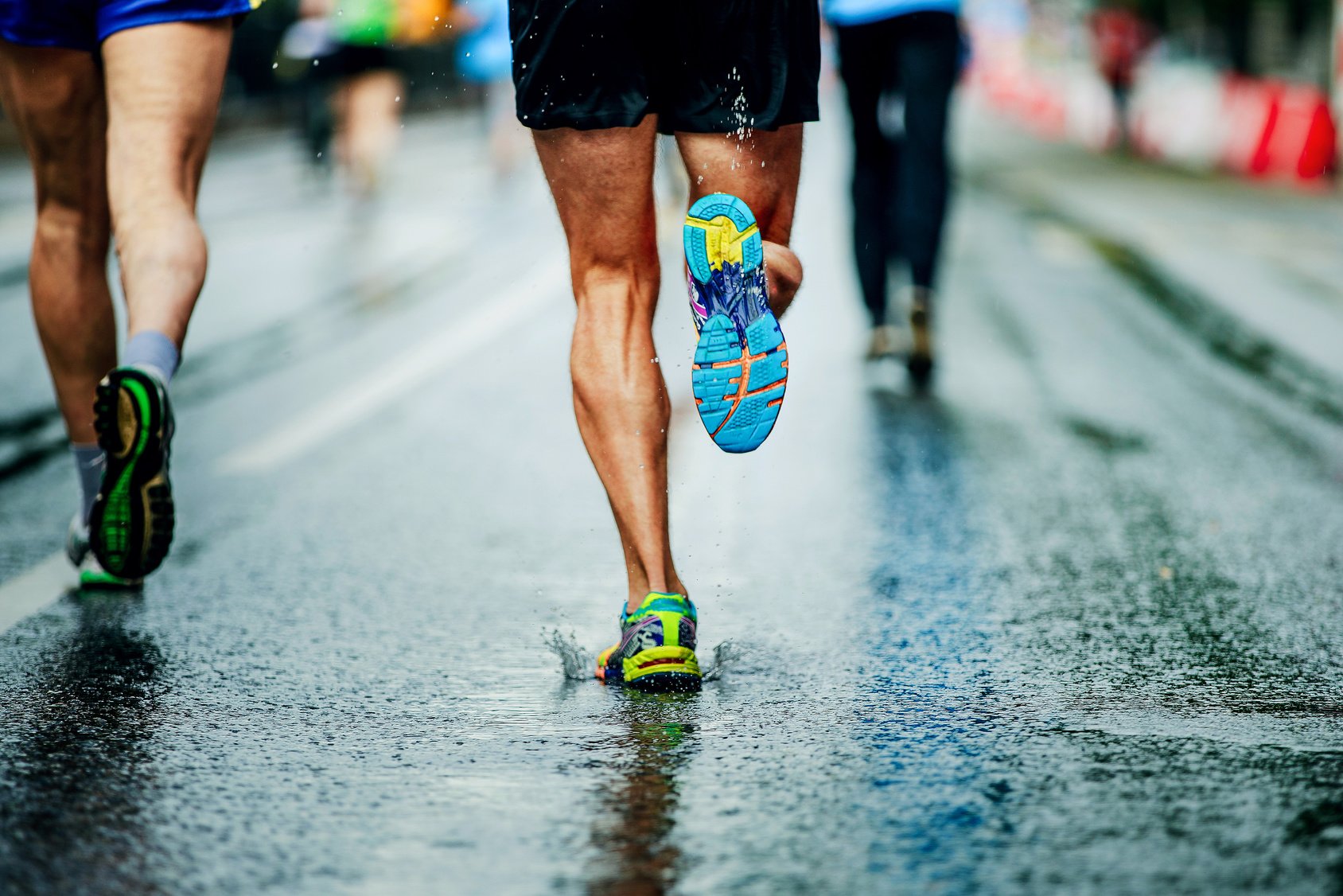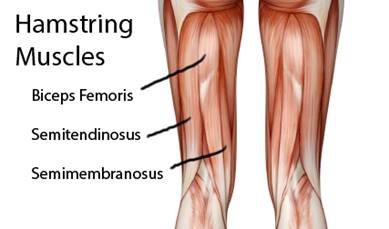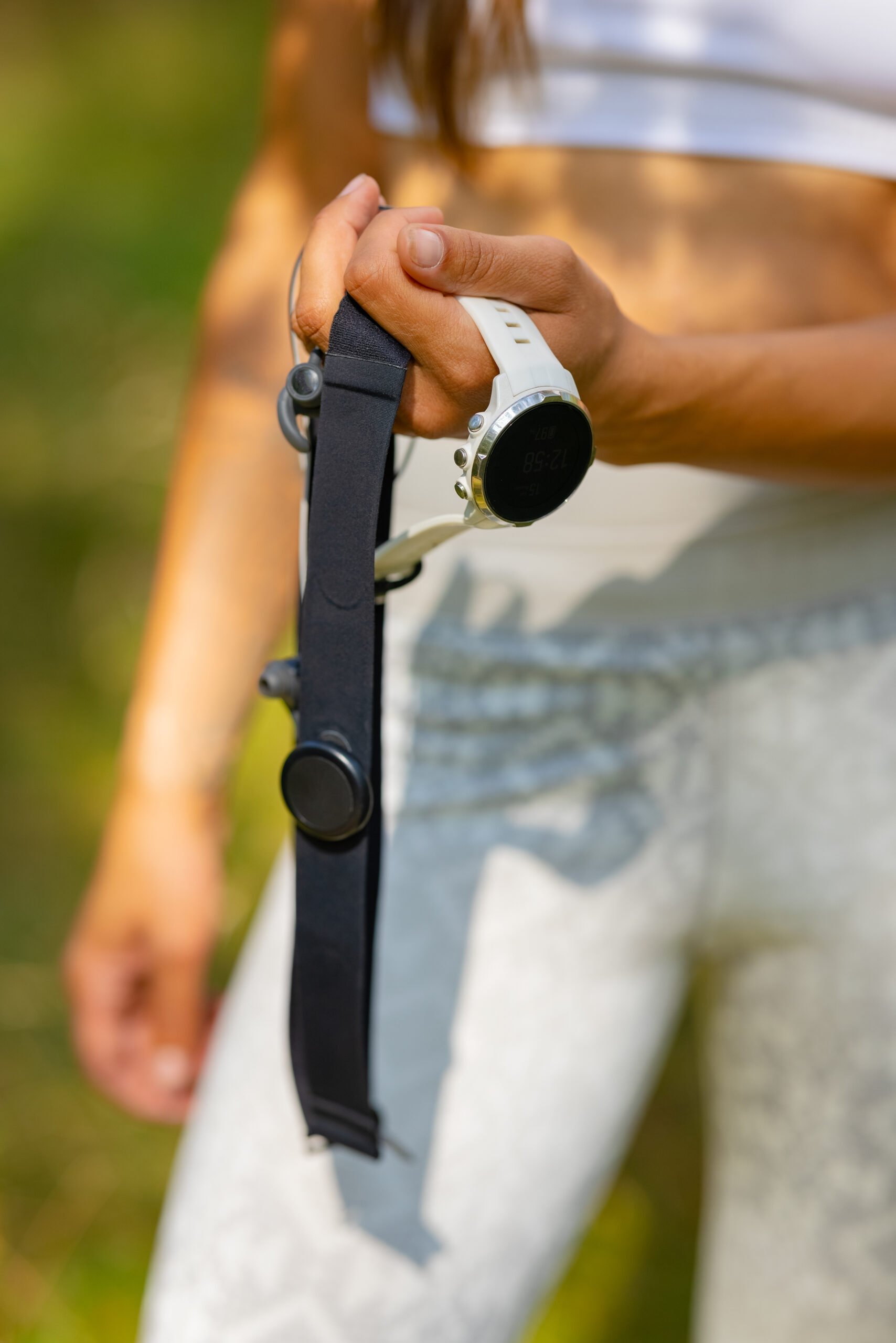Ever wondered about the role your calves play in your running game? Well, you’re in the right place.
Think running is just about moving your legs? Think again! It’s a whole-body affair, where every muscle has its moment to shine. And let me tell you, your calves? They’re the powerhouse behind each push-off, the hidden springs in your steps—I can go on and on but I guess you get it.
In this article, I’m going to get up close and personal with your calf muscles. I’ll be your guide through the twists and turns of calf anatomy, unraveling the mysteries of how they work their magic as you pound the pavement. I’m also sharing a few tips on keeping these mighty muscles in top shape, so you can keep running faster, longer, and pain-free.
Sounds like a good idea?
Then let’s get started.
The Calves
Let’s kick off with a closer look at the anatomy of our calf muscles.
First, we have the gastrocnemius. This muscle is the prominent one you see as your calf. It’s a key player for quick, powerful movements. Located at the back of your leg, the gastrocnemius has two parts, or ‘heads’, that attach above the knee. It really comes into play when you’re on your tiptoes or flexing.
Next, meet the soleus. It’s not as visible but vital for endurance. This muscle lies under the gastrocnemius and attaches below the knee. It’s your go-to muscle for longer, steadier runs, thanks to its endurance capacity.
Both muscles join into the Achilles tendon, connecting to the heel bone. This is where the strength from your lower leg gets channeled to your foot and into each stride.
The Functions
I learned about the importance of my calves the hard way. During a gruel 25K trail race, ignoring my calf strength led to a painful lesson and unwanted DNF.
Here’s what these muscles do for you:
- Stance Phase: Picture this – your foot hits the ground. Here, your calf muscles, particularly the soleus, act as stabilizers for your ankle and support your body weight. They’re basically your body’s shock absorbers, softening the impact with each step.
- Push-Off Phase: Now, as you’re about to lift your foot, your gastrocnemius and soleus contract forcefully, pushing against the ground. This is where you feel that powerful ‘spring’ in your step, propelling you forward and giving you that boost, much like the thrust from a diving board.
- Stride Phase: In the airborne part of your stride, your calf muscles assist in lifting your foot (foot dorsiflexion). This action is key for a smooth landing and maintaining an efficient stride cycle.
Downsides of Weakness
I hate to sound like a broken record, but your calves do play a crucial role in your running performance. The gastrocnemius, with its noticeable bulge, and the soleus work in tandem. They’re the linchpins connecting your femur to the Achilles tendon, essential for a powerful stride.
But what happens when these muscles aren’t at their best? Weak or underperforming calf muscles can trigger a cascade of issues. Studies have highlighted that inadequate calf strength or functionality can lead to a series of injuries. Think of it as a chain reaction – one problem leading to another, causing pain and hindering your running journey.
Here are two of the most common issues in runners as a result of dysfunctional calves:
- Calf Strains: Think of this condition as the runner’s equivalent of a sudden flat tire. A calf strain is essentially a tear in the muscle fibers, caused by overstretching or excessive use. It’s an abrupt halt to your running, potentially taking you off the track for a while.
- Achilles Tendonitis: The Achilles tendon is the crucial link between your calf muscles and your heel. When overworked or excessively strained, this tendon can become inflamed, leading to tendonitis.
Calf Muscle Strength Training for Runners
Strengthening my calves has been a game-changer. Think of boosting your calf strength as turbocharging your running engine.
Here are some effective calf-strengthening exercises that are easy to incorporate into your routine:
Calf raises:
Stand tall and rise up onto your toes, feeling the burn in your calves. This exercise targets both the gastrocnemius and the soleus, building strength from the ground up.
Farmer’s walk on toes:
Grab a pair of dumbbells or any weighted objects, rise up onto your toes, and walk with purpose. This exercise not only strengthens your calves but also challenges your overall stability and coordination.
Toe lunges:
Take a lunge position, but this time, lift your front toes off the ground as you lower into the lunge. This exercise engages your calves in a new way, helping to improve their strength and flexibility.
Jump rope:
Embrace the nostalgic joy of jumping rope. Not only is it a fun cardiovascular exercise, but it also fires up your calves, giving them a dynamic workout. It’s like rediscovering the playful spirit of your childhood while toning those powerful calf muscles.
Dumbbell jump squat:
Grab a pair of dumbbells, assume a squat position, and explosively jump upward. As you land, focus on engaging your calves to absorb the impact. This exercise combines strength and power, taking your calves to new heights.
Integrating Calf Exercises into Your Training
Here is how to make the most out of calf training as a runner:
- Frequency: Just like those speed workouts, calf exercises are essential but don’t need to be done daily. Aim for 2-3 times a week to see significant improvements.
- Reps and Sets: Start with 2-3 sets of 10-15 reps for each exercise. As your calves get stronger, feel free to up the ante.
- Balancing with Running: It’s all about harmony with your running schedule. These exercises fit well on your strength training days or as a post-run routine after an easy jog.
.Calf Muscle Flexibility and Mobility for Runners
After a calf injury sidelined me for longer than I’d wished, I learned the hard way about the importance of flexibility. Regular stretches and foam rolling are now non-negotiable in my routine. They keep my calves supple and ready for any challenge.
Here are few of my favorite stretches:
Standing Calf Stretch:
Think of this as your basic maintenance stretch. Place your hands on a wall, extend one leg back with the heel grounded, and lean forward. When you feel a gentle stretch in your calf, hold it there. It’s a simple yet effective way to keep those calves in check.
Downward Dog:
Borrowing from yoga, this pose isn’t just for flexibility – it’s a full-system check. It stretches both your gastrocnemius and soleus muscles simultaneously, ensuring they’re in top form.
Foam Rolling:
Rolling out your calves on a foam roller is akin to oiling the gears. It helps in improving muscle tissue quality and keeps your calves ready for action.
Incorporating Calf Care into Your Routine
Think of these exercises as the non-negotiable part of your running regimen. Just as you wouldn’t skip your pre-run warm-up, make sure you’re giving your calf muscles the attention they deserve. Regular stretching and mobility work are key to maintaining top-notch performance and leg health.
The Conclusion
Just like your running shoes, calf care is essential gear for your runs. Regular stretching, strengthening, and mobility work are as important as your weekly mileage.
So there you have it, folks – the lowdown on your calf muscles, those unsung heroes of your runs. Give them the love they deserve, and they’ll repay you with stronger, pain-free runs.
Happy running!









